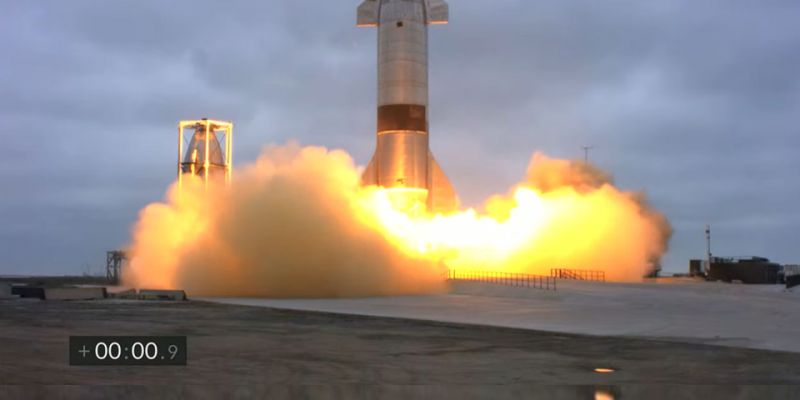
SpaceX has revolutionized space exploration ever since the company replaced Space Shuttle, after its 2011 retirement, for commercial resupply flights to ISS.
Elon Musk, the founder of SpaceX has stated several times his central ambition ‘The Colonization of Mars’ and ‘An Economical Space Travel.’ The Starship program is working for the company’s this major goal of enabling a multi-planetary society.
On May 5th, 2021, Wednesday, SpaceX performed Starship Prototype- SN15 (Starship serial number 15) first successful ‘Hight Altitude Accent and Soft-Landing Test’ from the launchpad in Boca Chica, Texas. This successful test is a pretty big deal as earlier we have seen four failures of prototypes: serial numbers 8, 9, 10, and 11.
Starship landing nominal!
— Elon Musk (@elonmusk) May 5, 2021
SpaceX is working through the night to secure the first Starship to survive a high-altitude launch and landing https://t.co/B2nVeGXVep by @13ericralph31 pic.twitter.com/W9XaNjpF4T
— TESLARATI (@Teslarati) May 6, 2021
Now, before highlighting the recent flight test features, let us understand the Starship Program, which aims to provide the next generation heavy lift space transportation system/rocket to the space industry.
Starship: An Overview
The Starship system is intended to provide a fully reusable transportation system that can not only service crew and cargo to Earth’s orbit but can service missions to Moon, Mars, and beyond. This system is a two-stage vehicle with a Super Heavy Rocket (Booster) as stage-I and Starship (Spacecraft) as stage-II. It is 394 ft/120 m high and 30 ft/9 m wide.
The first stage acts as a booster with 28 raptor engines and can provide sufficient lift-off thrust to escape Earth. This stage uses sub-cooled liquid Oxygen and liquid Methane as propellants. As of August 2020, its external body shows four fins and four landing legs.
Above the first stage, there is an upper stage or second stage (Starship), which is planned to function as a spacecraft for an interplanetary mission. It has an integrated payload section designed to carry crew and cargo. Various flight tests of its different prototypes are all about understanding and developing these fully reusable transportation systems.
Likewise, its body has four stainless steel fins/flaps and four landing legs. However, this stage is powered by six raptor engines working with the same fuel. Fins provide aerodynamic control on decent because as fins move, they adjust the air drag thus regulating the aerial orientation of the vehicle.
As per the current status, SpaceX is testing Starship (Second stage) with the methodology ‘Test, Fly, Fail, Fix Repeat.’ Since its development from around December 2018, SpaceX has built and tested 13 prototypes while only four (SN8-11) had flown. All four of them have failed to land successfully because of serious design and fabrication problems with raptor engines.
Prototypes SN 12 to 14 were never completed and were never intended to fly. These prototypes eventually resulted in SN15 which has received several revisions and new plumbings. However, the company has not officially stated what changes have had made since the last flight of SN11.

SN15 after a successful landing on May 5, 2021- test flight in South Texas. (Source: SpaceX)
Launch Highlights
The flight would have been an absolute spectacle to watch for the people who gathered around the launchpad had there been no clouds at a height of 1000 feet from the ground. Despite this, SpaceX live-streamed this launch with the help of onboard cameras. Web telecast showed a lot more details on the Rocket-edges, on the Raptor Engines, and the fins.
They delivered the video with the help of their Starlink network because we can see from the live stream that SpaceX has mounted a Starlink Antenna on the side of Starship. In layman’s language, in this recent test, Starship performed a powered slow lift-off from the pad to the highest point at 10 km in altitude.
Then, a belly flop while transitioning from ascent to landing and finally a power-controlled landing back again on the launch pad with the help of engines. SpaceX released the statement that
“The Starship prototype descended under active aerodynamic control, accomplished by independent movement of four flaps on the vehicle. All the four flaps were actuated by an onboard flight computer to control Starship’s attitude during flight and enabled precise landing at the intended location.”
To that end, technically specifying, similar to previous high-altitude flight tests of Starship, SN15 was powered through ascent by three Raptor engines. Each of them cut-off sequentially as the vehicle reached the apogee (10 km). Then, SN15 performed a landing flip maneuver and a propellant transition to the internal header tanks. Internal tanks contain landing fuel and, to achieve a controlled aerodynamic descent, one of the raptor engines reignite itself for nominal landing back on the pad.
Compared to SN10, which was their partial-successful landing, SN15 was coming down faster, although it managed to throttle down for safe landing. The landing was not clean by any means as:-
- We can see on the pad that there were black marks where the feet had hit but then slid sideways.
- Starship landed close to the edge of the pad.
- There was immediately lots of methane burning out maybe because of a leak or whether there was a valve that may have unscrewed during the journey.
There were a lot of people anxiously wondering whether it was going to go the same way as SN10. However, the vehicle did not explode 10 minutes later thus, marking the first fully successful flight of a Starship prototype thereupon.
This test flight will also pave the way in realizing SpaceX’s big-league missions of Mars Colonization, dearMoon project, Moon landing with Artemis Mission, and launch of the largest portion of internet satellite constellation- Starlink.
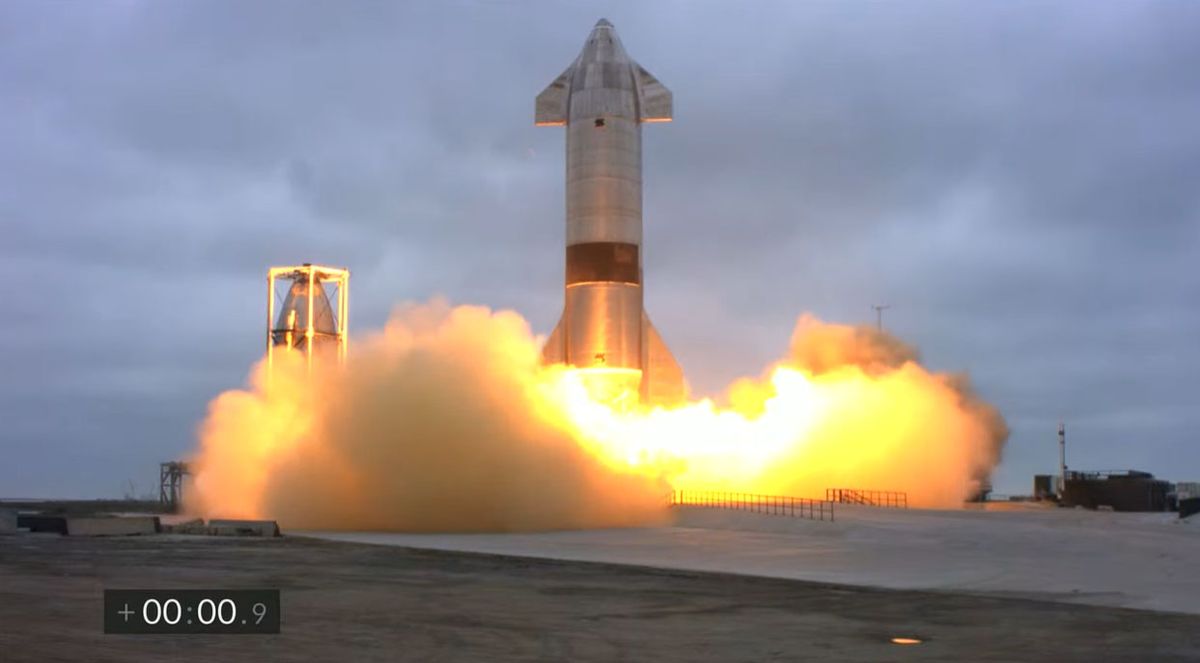
Figure 2- SN15 Rocket prototype launching for 10 km altitude test flight. (Source- SpaceX)
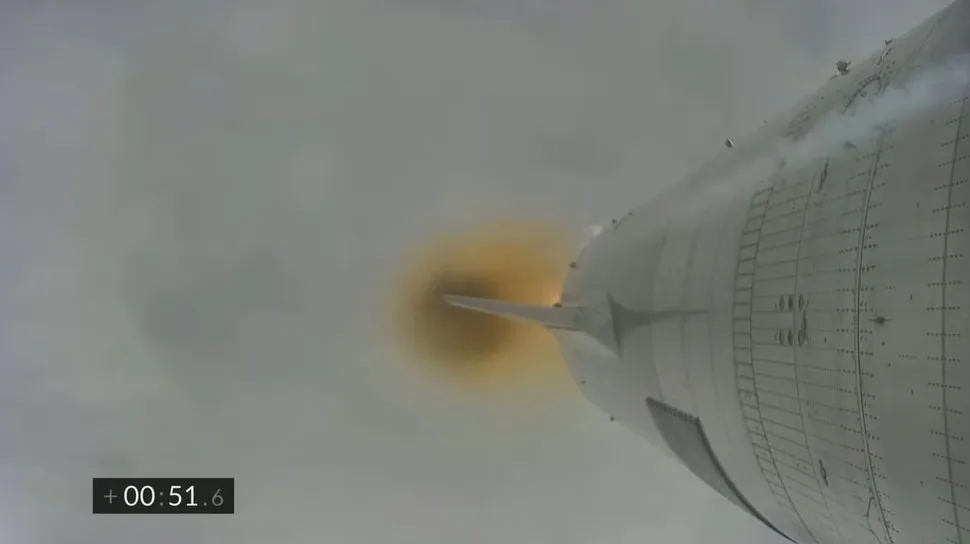
Figure 3- SN15 punched a hole in the cloud layer over South Texas (Source- SpaceX)

Figure 4- View of Starship as it descends back to Earth (Source- SpaceX)

Figure 5- SN15 heading to its landing site after the complete journey
(Source- SpaceX)
Suggested Reading: Why SpaceX launched four astronauts to the ISS?
Suggested Reading: China’s permanent space station-A rival for the ISS?
Author
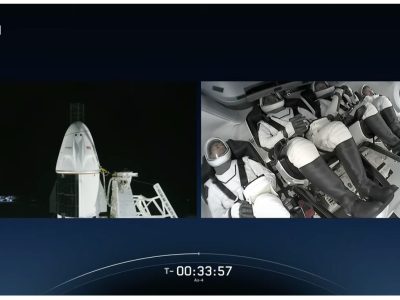
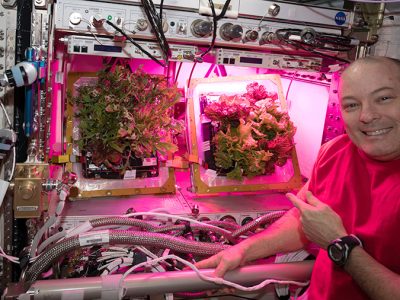











[…] Suggested Reading 2: Starship SN15 successful landing after High Altitude Test […]